For years, sellers have spent as much time looking for information as they have selling. There are too many tools, too many resources to hunt through, and too many steps between “What do I need?” and “I’m ready for this call.”
AI agents finally break that cycle.
They give every rep a 24/7 teammate that preps, guides, and simplifies the work so selling becomes the sole focus.
A single brain for every rep
Instead of digging through decks, Slack threads, call recordings, or product docs, reps can ask an AI agent one question and get the full picture instantly:
- Account briefs
- Competitive intel
- ICP-tailored discovery
- POVs for executives
- Personalized outreach
It’s not a chatbot. It’s a workflow engine that removes friction.
Imagine starting your day knowing you have a sidekick to do the monotonous for you, at a nearly instantaneous speed!
Where enablement comes In
This is the part that often gets overlooked: AI agents are only as good as the content and messaging behind them.
Enablement helps build and centralize:
- research prompts
- value framework
- the ICP and buyer personas
- discovery and objection handling
- best practices to operate efficiently
and more!
When enablement does this well, the agent doesn’t just answer questions, it reinforces your sales process, your messaging, and your standards.
It becomes an extension of the enablement team, showing up in every deal, every day, for every rep.
How to incorporate an AI agent in your sales org
Bringing an AI agent into your organization doesn’t have to be a massive overhaul. You don’t need a custom platform or a team of machine-learning engineers. Most companies already have the foundation. They just haven’t connected the dots.
Here’s how to make it real.
1. Start with the systems you already have
AI agents plug into your existing workflow, so let’s use the tools you already have to get started. Common entry points include your Content Management System and your CRM. If you’re on the hunt for a CMS, some include built-in AI agents for this purpose, such as RevSpace.
2. Build a clear knowledge layer
AI is only as good as the content behind it. That’s where enablement becomes the hero. Create a clean, structured knowledge layer including content such as ICP and buyer personas, competitive intelligence, demo flows & talk tracks, differentiators, and customer success stories.
When reps ask the agent, “How do I handle X objection?” or “Give me discovery questions for a VP Engineering,” the answer is grounded in your actual playbook—not random internet wisdom.
3. Plug the agent into the point of work
Place the agent where they already spend time, such as inside a CMS or Slack/Teams. The agent becomes the rep’s constant companion—not another destination.
4. Use AI to reinforce (not replace) your sales process
This is where enablement adds real leverage.
Design the agent to:
- Nudge reps to follow your sales methodology
- Surface missing MEDDICC fields
- Suggest discovery questions aligned to the ICP/persona
- Recommend content that fits the stage
- Flag risks before deals stall
The agent becomes an always-on sales coach, reminding reps what “good” looks like.
Conclusion
The next generation of sales training isn’t about adding more content or scheduling more workshops. It’s about giving sellers a system that supports them in the moments that matter.
AI agents unlock that shift. They turn static playbooks into living guidance, automate the work that slows reps down, and give enablement a way to scale its impact far beyond the early days of onboarding.
The teams that embrace this won’t just train faster, they’ll sell smarter. And in a market that moves this quickly, that’s the edge that separates the good from the great.




.svg)



.svg)





















.svg)
.svg)
.svg)
.svg)